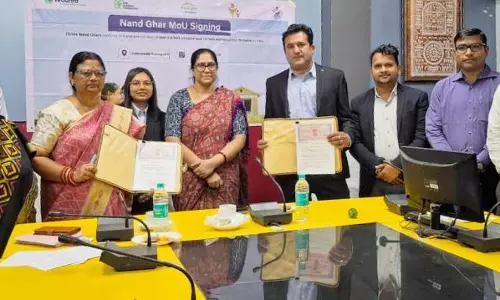Written proof to prevail over oral, lawyer tells SC
At times, the versions given by the witnesses were conflicting, the court was told.;

New Delhi: Sunni Waqf Board on Thursday told the Supreme Court that in the Ram Janmabhoomi-Babri Masjid dispute, the documentary evidence would prevail over the oral evidence — which is both inconsistent and contradictory.
Pointing to the inconsistent and conflicting versions emerging from the oral evidence that has been tendered on behalf of the idol of Ram Lalla and the Nirmohi Akhara, the Sunni Waqf Board took the five-judge Constitution Bench headed by the Chief Justice Ranjan Gogoi through the oral evidence and the memoirs of Austrian missionary Joseph Tiefenthaler.
The post-lunch hearing of Ayodhya case did not take place on Thursday as it was said that one of the members of the five-judge Constitution Bench was not well.
Joseph Tiefenthaler — a missionary from Austria — in his memoirs had said that when one entered through a small gate of the wall on the left was a cradle, where people offered worship. The place where cradle was located is believed to be a Ram Chabutra — located in the outer courtyard of the now demolished disputed structure.
Reading the oral evidence tendered by the witnesses on behalf of the idol of Ram Lalla and the Nirmohi Akhara, senior counsel Rajeev Dhavan appearing for Sunni Waqf Board pointed to the inconsistencies and contradictions in their statements.
At times, the versions given by the witnesses were conflicting, the court was told.
However, Mr Dhavan underlined that the entire “oral evidence” contending that the there were idols in the sanctum sanctorum — the inner courtyard — is a post 1989 to 1992 years, after Ram Janmabhoomi Nyas came into picture.
Mr Dhavan led the bench through the oral evidence to address a poser from the court that if pilgrims were offering prayers at the wall separating the inner courtyard from the outer area, then it means, they believed that there was something inside the structure.
He said that any such inference would be a conjuncture and generalisation.


